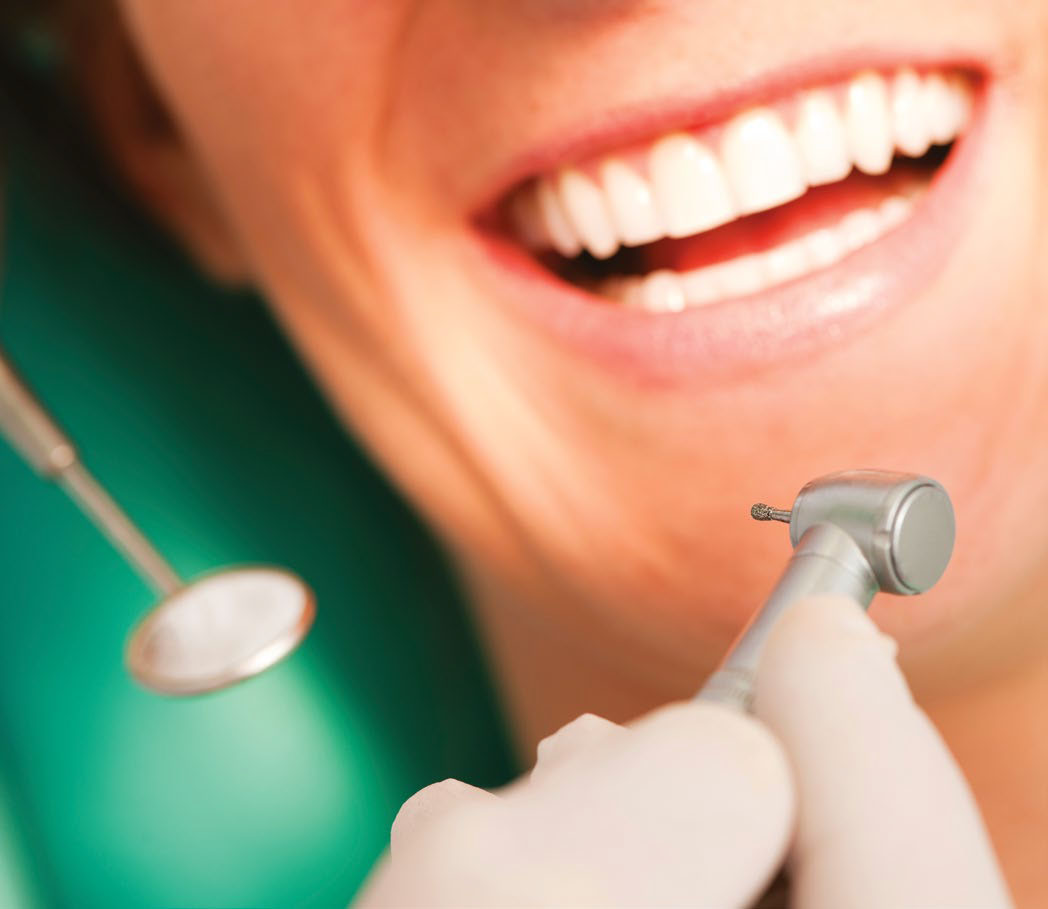Powered by electric or air-driven motors, modern dental drills have come a long way since the early days of medieval dentistry. As well as a motor, the other main components of today’s dental drills are an ergonomic handpiece, gears and a tungsten drill bit, also known as a burr. Located inside the drill’s handpiece is a series of drive shafts and gears that transmit rotary motion from the power supply to the tungsten drill bit at the head end.

High-speed drills are used for excavating hard enamel, while low-speed devices are better for polishing and finishing enamel
© Thinkstock
Electrically motorised drills can rotate at about 30,000 rotations per minute. For a turbine-powered drill, a compressor converts pressurised air into mechanical energy that rotates the burr at over 300,000 rotations per minute. This generates a huge amount of heat, so high-speed devices are also connected to a cooling water supply.